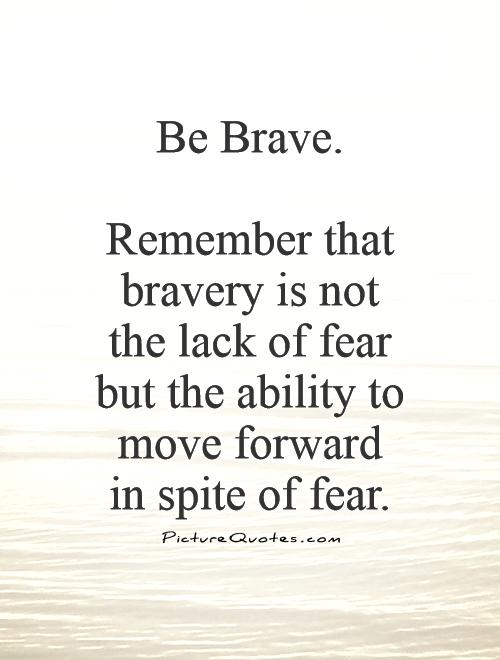
Acknowledge their feelings and praise them for ‘finding their brave’ to share them with you.

This is another time when it can be helpful to use a visual feelings scale (like TomTag’s Share how I feel tag) to help your child show or tell you how they are feeling. Its also important to reassure your child that not feeling brave is okay and that other children will often feel this way too. Together with your child you can build a bravery chain, link by link.

Using a notebook, note jar or similar will help you and your child to revisit and reflect on the ‘brave moment’ entries when similar challenges arise in the future. Simply pausing and recording these moments highlights the experience of being brave making it more likely to reinforce positive memories. We use our TomTag Feelings notebook to record these moments but you could also write each moment on a note and pop them into a note jar. Take time each day to note down an instance when your child has been brave. Getting dressed, going to school or keeping calm when there is a change to routine are all examples of bravery if you have anxiety, sensory difficulties or struggle with flexible thinking. Others may have learnt to ride a bike, play a musical instrument or been picked for the school football team whilst your child is struggling to put on their shoes, hold a pencil or sleep through the night. As a parent of a child with autism, it’s often hard not to compare them with their typically developing peers and their acts of bravery. It’s only after being brave that we feel proud, happy and confident – that elusive ‘I feel good’ feeling! When we are brave we can have fun, meet new people, share a new experience and boost our mental health and well-being.īravery can mean so many things: big and small. It can feel like butterflies in your tummy, sweaty hands, racing thoughts or maybe a moment of intense focus and concentration. Overcoming fears – getting closer to braveīravery often doesn’t feel like bravery.If you’ve missed any of the series so far, you can recap here: Congratulating your child on each brave step (big or small) helps them feel good about themselves and they can learn to find courage to do bigger things. Showing your child how to see and celebrate their bravery in the seemingly smaller things boosts their self-esteem, confidence and mental health.

Recognising and celebrating this bravery is just as important, if not more so, as acknowledging it for the ‘big’ brave events. Finding your brave – Children’s Mental Health Week Day 4: What does ‘finding your brave’ mean for a child with autism?Īs we’ve talked about earlier, many children with autism show their bravery in the everyday acts of dealing with life.


 0 kommentar(er)
0 kommentar(er)
